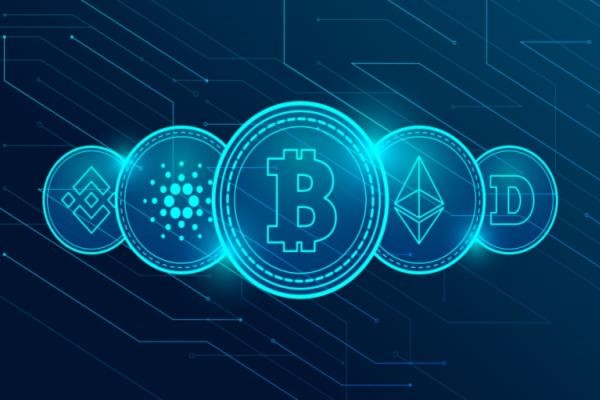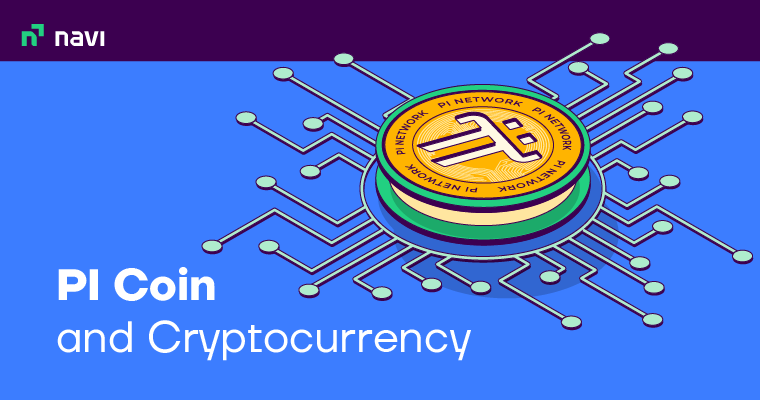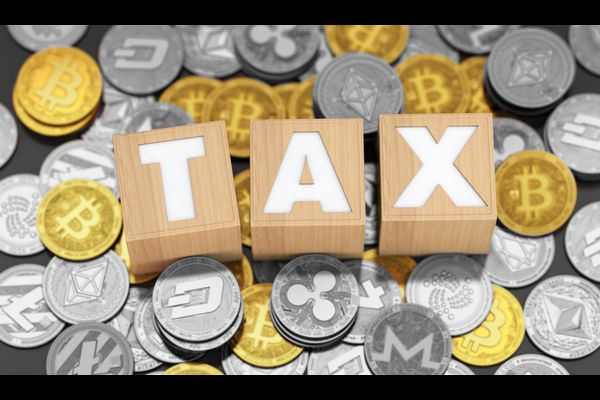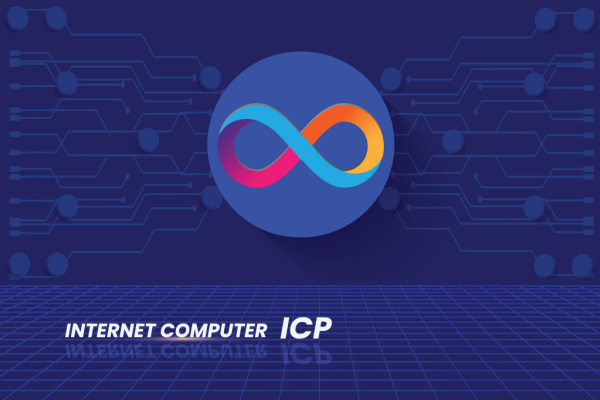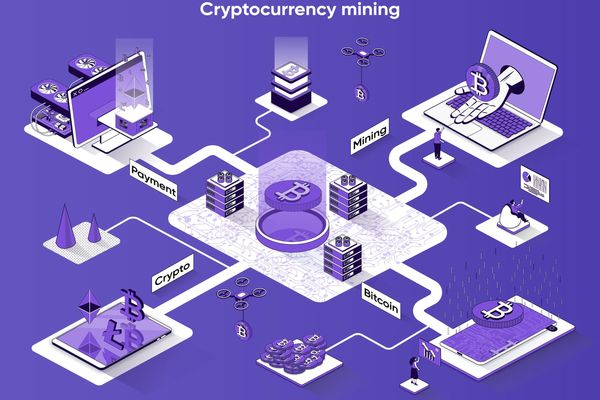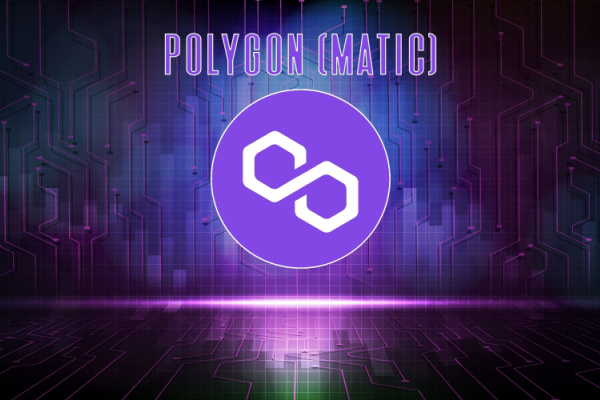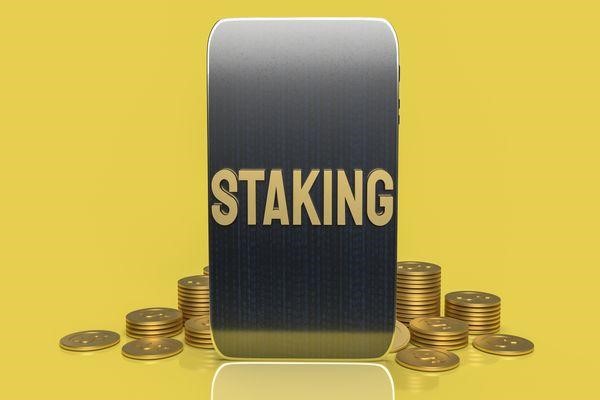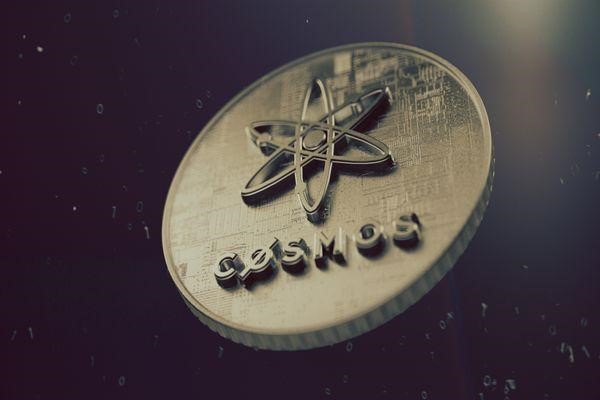What is Bullish Engulfing Pattern – its Importance in Trading
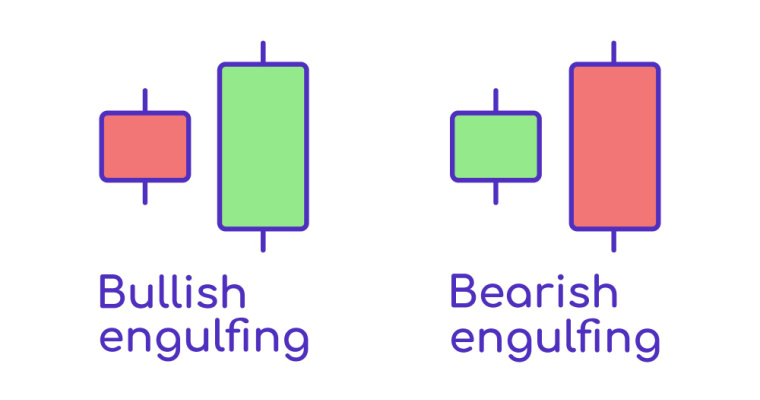
Trading in stocks is challenging. That’s why traders use several technical analysis tools, like candlestick charts, to carry out meaningful trades while assessing the trends in the market. One distinct candlestick pattern is a bullish engulfing pattern that contains a small red candlestick immediately followed by a large green candlestick. It may imply the end of a downward trend or signal a trend reversal in the markets.
This article helps you understand what a bullish engulfing pattern is, what it tells us, how to use it for trading, its limitations and more. Keep reading!
What is the Bullish Engulfing Pattern in Trading?
The bullish engulfing candlestick on the price chart shows a black or red candlestick and a much larger white or green candlestick the next day. A red candlestick pattern will appear when the market’s or stocks’ opening value is higher than its closing value. On the other hand, a green candlestick will occur when the closing value of a stock is higher than its opening value.
This pattern looks as if the entire body of the red candlestick is subsumed into a larger green candlestick. However, there are certain prerequisites that should be fulfilled for this pattern to establish.
It includes that the initial trend must be a downtrend one, and the first trading session of this pattern should conform to a red candle indicating bearishness in the market. Moreover, the second day of this pattern should exhibit a big green candlestick which will imply a trend reversal and bullish sentiments creeping into the markets.
How Does Bullish Engulfing Pattern Work?
A red candle means a higher opening price than the closing price, and green candles indicate the opposite of this. A stock must open at a lower price on the second day than the closing price of the first day.
The gap between the two price points should narrow down as it will give the larger green candlestick an opportunity to engulf or subsume a smaller red candle. Buying pressures have pushed the price onto a rising trajectory. Therefore, the price of stocks rises to a level that is even higher than previous highs.
Even after opening at a lower price than the previous day’s close, bulls had exerted immense buying pressure on the respective stock, which ultimately led to a comprehensive price increase. This is what leads to a bullish engulfing pattern.
One of the major significances associated with this engulfing candlestick pattern is that it indicates a trend reversal in favour of bullish sentiments in markets.
How to Use Bullish Candlestick Pattern?
Traders can use this engulfing pattern to determine their trading positions. It indicates that markets are coming out of the bearish phase and moving onto the bullish ones; you can consider this a buying signal for the corresponding stock.
As the market price of stocks is expected to go up shortly, traders indulge in heavy buying of and book profits. Let’s consider an example that will help you understand this concept clearly.
Here are the opening and closing prices of a stock over a period of two trading sessions:
| The opening price on day 1 (Rs) | Closing price on day 2 (Rs) | Day’s high (Rs) | Day’s low (Rs) | |
| Day 1 | 105 | 95 | 114 | 89 |
| Day 2 | 92 | 115 | 118 | 90 |
This price chart will form a bullish engulfing pattern candlestick chart. Day 1 will form a red candlestick, and the second day will form a large green candlestick. It exhibits the bottom value of a running downward trend and a corresponding reversal to an upward trend.
On day 1, there is the pessimistic sentiment associated with that particular stock resulting in heavy selling. As a result, it drives down the market price, and the second day also starts with the same bearish sentiment. However, as the day proceeds, bulls take over through heavy buying pressure, thereby driving up the stock price.
What Does Bullish Pattern Tell Us?
Here are some speculations that you can make from a bullish pattern:
• Reversal
A major inference you can make from these bullish engulfing candlestick patterns is a reversal of an ongoing trend. This exhibits the end of a downtrend and subsequent entry into an upward trend.
• Future Outlook
The lack of the presence of an upper wick in this pattern indicates that the next day could also give up another green candlestick. It may close at a higher price point than the bullish engulfing pattern. However, there are chances that the next day could also give black or red candlestick.
• Exit Strategy
It may also help individuals formulate a specific exit strategy. A movement of trend from bearish sentiments to bullish ones can force traders, who have held selling positions, to exit the trade.
What is the Significance of Bullish Engulfing Trend?
The significance of a bullish engulfing trend has been discussed below:
- This engulfing candlestick pattern will occur at the bottom of a downward trend.
- A bullish engulfing pattern may only indicate a short-term trend reversal resulting from a number of factors. However, for this trend to sustain, one must see whether the red candlestick gets preceded by at least 4 red candles. Moreover, there should be at least 3 green candles following the bullish engulfing green candle.
- Stock market analysts use this engulfing pattern to ascertain the period when market bulls will comprehensively turn the tide in their favour. It helps them to make future predictions.
What Are the Differences Between Bullish and Bearish Engulfing Patterns?
Here are some differences between the two engulfing candlesticks:
| Parameter | Bullish Pattern | Bearish Pattern |
| Structure | A bullish pattern will have a red candle followed by a large subsuming green one. | The bearish engulfing pattern will consist of a green candlestick followed by a large engulfing red candlestick. It works completely opposite to the bullish pattern. |
| Trend | This pattern will occur at the end of a continuing downtrend. | Bearish patterns will occur at the bottom of an uptrend. |
| Indication | It indicates a trend reversal from bearish to bullish. | This candlestick pattern indicates a trend reversal from a bullish to a bearish one. |
What Are the Limitations of Bullish Patterns?
Some limitations of these trends are as follows:
- It may be a significant market signal for traders. However, it may not be a big signal if price actions are choppy and will imply only a common indicator.
- As green hollow candles are very large, indulging in a trade by taking these signals into account may lead to a huge stop loss for traders. The risk-reward ratio is hugely skewed in favour of risks.
- You may require other tools like trend analysis to get an idea about price targets. As this method only indicates an upcoming trend, you will require other tools to determine whether a trade will be profitable or not.
Also Read
Final Word
Bullish engulfing pattern is a popular technical tool that traders use to take positions while dealing with stocks and options. The biggest significance of this tool is that it provides signals for a trend reversal or changes occurring in market sentiments. However, traders should also use other market indicators along with a candlestick chart before making a definitive trading decision.
FAQs
Ans: There are two characteristics that one should keep in mind while looking out for a bullish candlestick pattern. One is that it should occur at the end of a prevailing downtrend. Second is that a green candle should subsume a preceding red one.
Ans: Bearish engulfing candlesticks function opposite to bullish patterns. In the case of bearish patterns, a small green candlestick is followed by a large subsuming red candle. This chart pattern signals lower prices to come.
Ans: In case of bullish engulfing, a green candlestick completely engulfs the preceding red candle. On the other hand, a piercing pattern’s green candle partially engulfs the preceding red candle. The engulfment ranges from 50 to 100%
Ans. An engulfing pattern is a technical indicator that investors use when they are looking for a trend reversal in markets. It is a multiple candlestick pattern that comes either at the end of an uptrend or downtrend.
Before you go…
- Looking for instant 🚀 personal loans 24*7 anywhere, anytime? Get personal loans up to ₹20 lakh starting at 9.9% p.a. Install the Navi app now!
- Or, maybe you’re looking to buy that house you’ve been eyeing 🏠 and you need a loan of up to ₹5 crore. Install the Navi app now and get instant in-principle approval right away! Interest rates starting at 8.60% p.a.
- How about an affordable health insurance policy 👨⚕️ starting at a monthly premium of just ₹235? Install the Navi app now and get your policy in under 2 minutes.
- Instead, want to put your savings into action and kick-start your investment journey 💸 But don’t have time to do research. Invest now with Navi Nifty 50 Index Fund, sit back, and earn from the top 50 companies.
Disclaimer: Crypto products and NFTs are unregulated and can be highly risky. There may be no regulatory recourse for any loss from such transactions.
Mutual Fund investments are subject to market risks, read all scheme-related documents carefully.
This article has been prepared on the basis of internal data, publicly available information and other sources believed to be reliable. The information contained in this article is for general purposes only and not a complete disclosure of every material fact. It should not be construed as investment advice to any party. The article does not warrant the completeness or accuracy of the information, and disclaims all liabilities, losses and damages arising out of the use of this information. Readers shall be fully liable/responsible for any decision taken on the basis of this article.

Customer’s Feedback
No comments found.Top 10 Cryptocurrencies to Invest In 2023 – Best Cryptocurrencies In India
Cryptocurrency is a digital currency which can be used to purchase goods and services without the u... Read More »8 Top Crypto Exchanges in India – Best Crypto Exchanges 2023
Crypto assets are attracting more and more traders to explore the possibilities of their rising mar... Read More »What is Crypto Airdrop – Its Types, Taxation, Benefits and How Does it Work?
Crypto Airdrop is among one of the key strategies that have grown extremely popular since 2017 in t... Read More »What is Pi Cryptocurrency: Network, Value, Price and Future
The Pi Coin cryptocurrency has made the mining of digital currencies accessible for crypto enthusia... Read More »What Is Tax On Crypto In India And How It Is Calculated
Cryptocurrencies are decentralised digital currencies or assets based on blockchain technology, whi... Read More »What Is Internet Computer Protocol (ICP) – Its Price, Investment Benefits And Uses
The ICP crypto is the native token of the ICP Blockchain network, which is used to reward the users... Read More »What Is A Crypto Mining Rig – Its Setup, Types and How To Build One
A Crypto mining rig is a customised personal computer. It features all the essential elements of a ... Read More »Polygon(MATIC): How Does It Work, Benefits and Price Prediction
Polygon (MATIC) is a scaling solution for Ethereum, and MATIC is the name of the token that powers ... Read More »What is GALA Crypto: Review, Benefits and How to Buy GALA Coins?
GALA is an Ethereum-based cryptocurrency that powers Gala Games, a play-to-earn gaming platform. Th... Read More »What is 1inch Crypto – How Does it Work and How to Buy it?
The 1inch protocol is a decentralised exchange (dex) aggregator. Dex is a peer-to-peer (buyers and ... Read More »What is Staking Crypto and How does It Work?
Staking crypto means pledging your cryptocurrencies to the blockchain network to confirm trans... Read More »What is Cosmos (ATOM) Crypto and How to Invest in It?
Cosmos is an ever-expanding ecosystem of many collective independent blockchains. Known as the “i... Read More »Top 10 Chit Fund Schemes in India in 2023
Chit funds are one of the most popular return-generating saving schemes in India. It is a financial... Read More »10 Best Gold ETFs in India to Invest in April 2023
Gold ETFs or Gold Exchange Traded Funds are passively managed funds that track the price of physica... Read More »10 Best Demat Accounts in India for Beginners in 2023
Creation of Demat accounts revolutionised the way trades were conducted at the stock exchanges. It... Read More »20 Best Index Funds to Invest in India in April 2023
What is an Index Fund? An index fund is a type of mutual fund or exchange-traded fund (ETF) that... Read More »Best Arbitrage Mutual Funds to Invest in India in April 2023
Arbitrage funds are hybrid mutual fund schemes that aim to make low-risk profits by buying and sell... Read More »10 Best SIP Plans in India to Invest in April 2023
What is SIP? SIP or Systematic Investment Plan is a method of investing a fixed amount in ... Read More »10 Best Corporate Bond Funds in India to Invest in April 2023
Corporate bond funds are debt funds that invest at least 80% of the investment corpus in companies ... Read More »10 Best Bank for Savings Account in India [Highest Interest Rate 2023]
Savings account is a type of financial instrument offered by several banks. It lets you safely depo... Read More »












